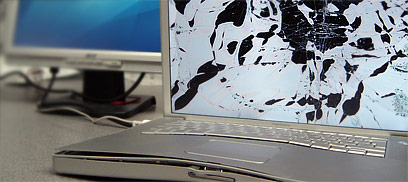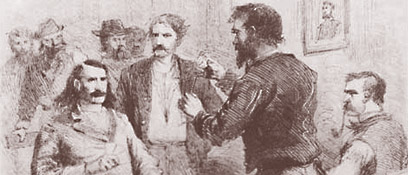
Indie Press Revolution, purveyor of fine, independently-published games and books, has a mailing list for said publishers. In it, a particular publisher said,
I know the owner of Dragon’s Lair somewhat, and have shown him [My game] in the past. His comment (which probably applies to many of my IPR brethren), was something like, “The indie format”–by this he meant the physical format of many of our books; [My game] is 9×6, landscape–“doesn’t sit well on the shelves”.
My response was the following:
I encourage everyone to see this for the bullshit it is.
Go to a Barnes and Noble. Look at all the different shapes of books.
Now go to a game store and notice the homogeneity.
What he wants you to do is fit the format so your book literally doesn’t stand out. Your book will be lost. It will be a bunch of work to redesign the book and it will dampen your sales because it will lose its distinctiveness.
This is a general principle of design: if you make something designed simply to be inoffensive, you are designing it simply to not be noticed. If you design distinction, though, things will be different. The game (or whatever it is) will be noticeable. What that store owner is doing is sacrificing the distinctiveness of his individual products in favor of the size of bookshelf he’s purchased.
Now, the be clear, if you made a game that’s eight feet to a side, weighs 150 pounds, and costs 40 cents, you’ll have a hard time getting a retailer to show much interest. It’s not worth it for the shelf space that could be better spent on more normally sized books. But that’s not the issue here. The issue is that the store owner is uncomfortable because things are different than he expected.
Much of the time, when I’m meeting with a design client, I’m listening for some keys phrases they might say. One of them is, “I like it.” This, believe it or not, is a bad sign. It means that a) nothing’s lept out at them (if it had, they would have said, “I like how there’s this little shape here” or something), and b) sometimes a client just doesn’t want to say anything critical and says “I like it” to keep from having to express displeasure, but it sounds like satisfaction.
But sometimes, they say “I don’t like this.” What that usually means is, “I noticed this.” Often, they’ll then say, later, as the meeting goes on and they’ve looked at things more, “This one’s growing on me.” Again, if they actively dislike something, they’ll be able to identify exactly what it is that they don’t like.
Consider that last one. Consider an unusual thing on a bookshelf: something small (Burning Wheel) or something large (Nobilis). I literally bought Nobilis because it stuck out of the shelf and I kept seeing it. I bought Burning Wheel because it was physically small and quietly beautiful, an oasis in a sea of cleavage and comically giant swords. Its smallness and quietness winked alluringly to me from the bookshelf.
I’ve used some deliberate tools like that on some other books I’ve done. The spine of Shock: is like a laser: a thin little bright line between books. The Mountain Witch is thicker and black, but with this little splash of red. Both are shorter than their counterparts, making them shine even when placed spine-out. When facing cover-out, they both use a variety of tools to get and hold the attention of the proper audience. But they’re both unusual sizes, too. That means that they get more space around them.
The homogeneity of the RPG market is precisely to the advantage of the indie marketer. We’re looking to fill a niche they can’t. We’re making things that are inherently for markets that they haven’t tapped because they don’t want them. Where the business model of Wizards of the Coast and White Wolf is to make their products intercompatible within their own products, our model is to show our distinctiveness between products.
Don’t let anyone tell you any different. When you’re told that you’re missing the market because your book isn’t enough like another one, you’re being offered a ticket to a Journey concert when you can instead be on stage at a local club with a sticky floor, coming away with cash in your pocket and the respect of your peers.









